Template for Letter of Medical Necessity for Treatment Approval
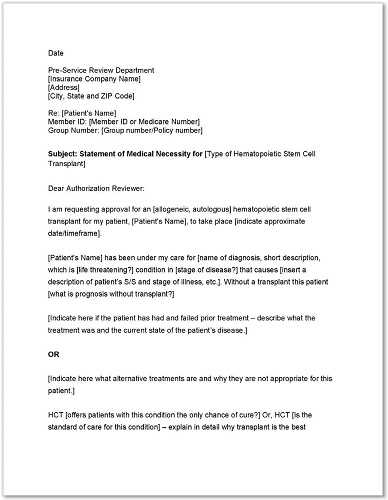
When seeking authorization for a treatment or service that is essential for a patient’s well-being, it is important to present a clear, compelling case. A structured document that outlines the need for the proposed intervention can play a crucial role in obtaining approval from insurance providers or other authorities. This type of document should provide all necessary information to demonstrate the importance of the request, ensuring it is both professional and persuasive.
Key Components to Include
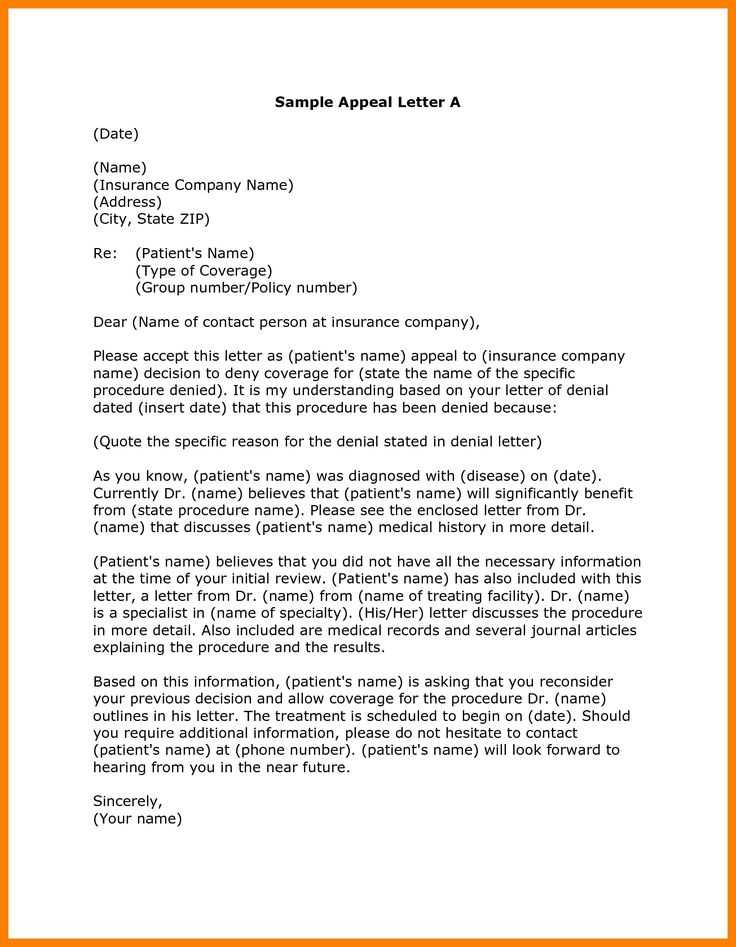
- Patient Information – Include full details of the patient, such as name, date of birth, and health insurance details.
- Reason for Request – Clearly explain why the proposed treatment or service is essential, citing medical history and specific needs.
- Supporting Documentation – Attach relevant medical records, test results, and professional recommendations to back up your case.
- Expected Outcome – Outline the potential benefits of the requested service and how it will improve the patient’s health or quality of life.
Customizing Your Request
Each situation may require slight modifications to the standard structure. For example, if the treatment is experimental or not typically covered, it is important to emphasize its necessity and the potential risks of not proceeding. Tailor the content to reflect the unique needs of the patient while maintaining a professional and objective tone.
Avoid Common Errors
While it is important to be thorough, it is equally crucial to avoid unnecessary detail that could weaken your case. Stay focused on the facts and ensure that your document is free from spelling or grammatical errors. Additionally, be mindful of including all necessary documentation to avoid delays.
When to Submit Your Request
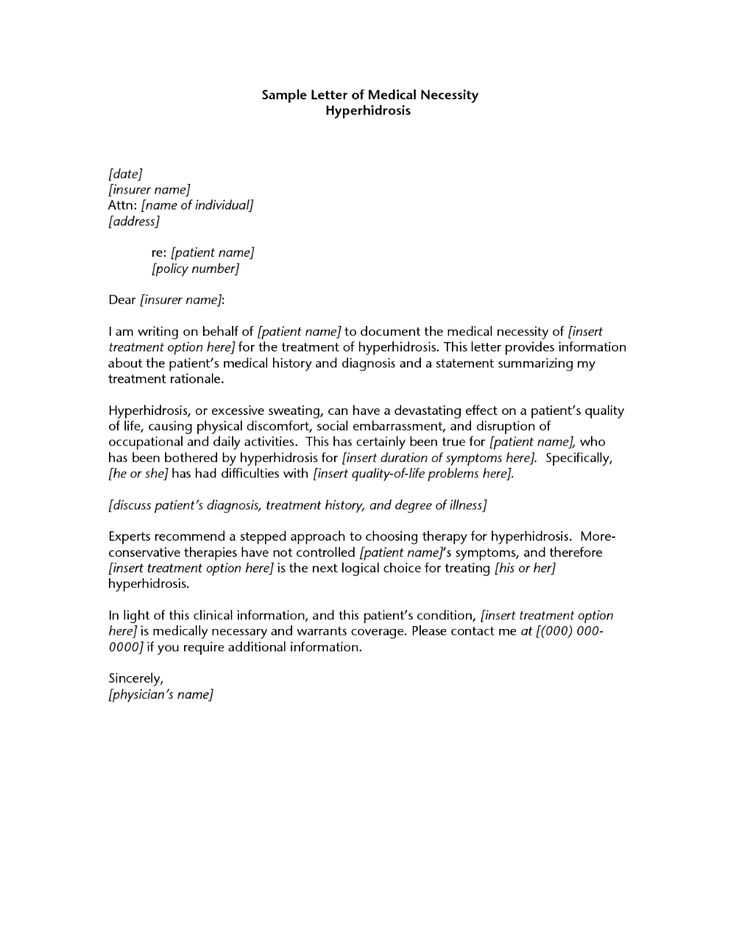
It is advisable to submit your request as early as possible to allow sufficient time for review and potential follow-up. Submit the document well before any critical deadlines, such as pre-treatment approval or the expiration of insurance coverage. Ensure that all supporting materials are included to prevent delays in processing.
Understanding the Importance of a Health-Related Request and How to Effectively Prepare It
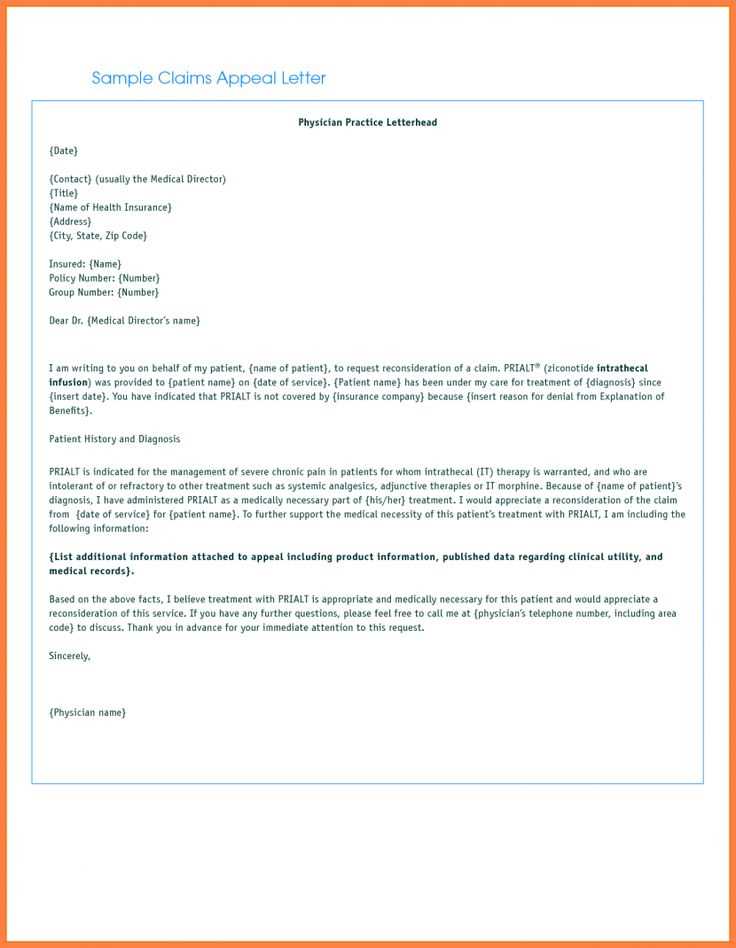
Submitting a well-prepared document outlining the need for a specific treatment or service is essential in securing approval from insurance providers or health authorities. This type of request serves as the foundation for demonstrating the necessity of the service, helping to avoid delays and ensuring the patient receives timely care. The process involves careful structuring, clear communication, and an understanding of the key components required to make a compelling case.
Key Elements to Include in Your Request
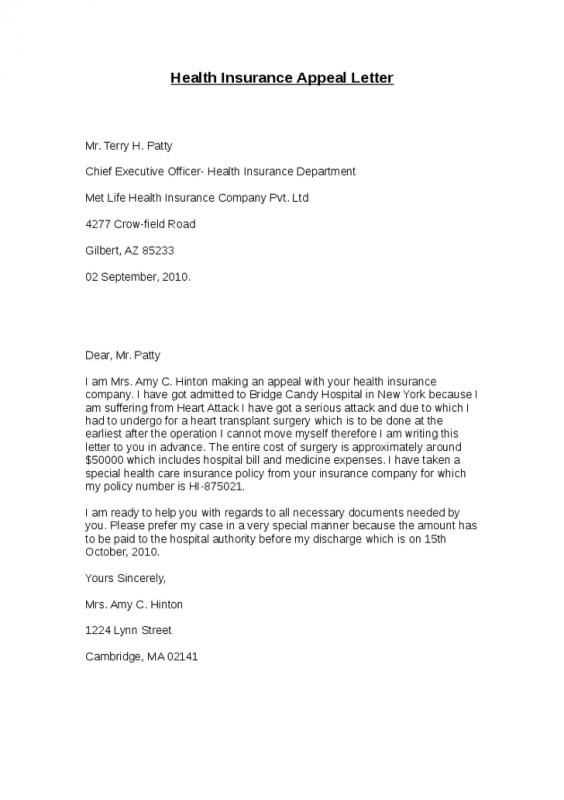
To ensure your request is effective, include essential details such as the patient’s identity, medical history, and the precise nature of the service being requested. Be sure to explain why the service is vital for the patient’s health and provide any supporting documents that validate the need for the proposed intervention. A concise yet comprehensive presentation of these elements will greatly improve your chances of receiving approval.
How to Tailor the Document to Your Situation
Each situation is unique, and it is important to customize your request to match the specifics of the patient’s condition and the treatment being sought. Adapt the language and focus based on the nature of the intervention, the patient’s condition, and the policies of the entity you are submitting it to. A personalized approach helps convey urgency and relevance, ensuring the request is taken seriously.
Avoid common mistakes such as including irrelevant information or using overly technical language that may be difficult for non-specialists to understand. A clear, straightforward document is more likely to receive a prompt review. Additionally, ensure that all required documentation, such as test results or physician’s notes, are included with the request.
Once submitted, it is essential to follow up regularly to check on the status of the request. Timely follow-ups show diligence and help avoid unnecessary delays. Always ensure that you submit your request well in advance of any deadlines to allow enough time for processing and potential responses.